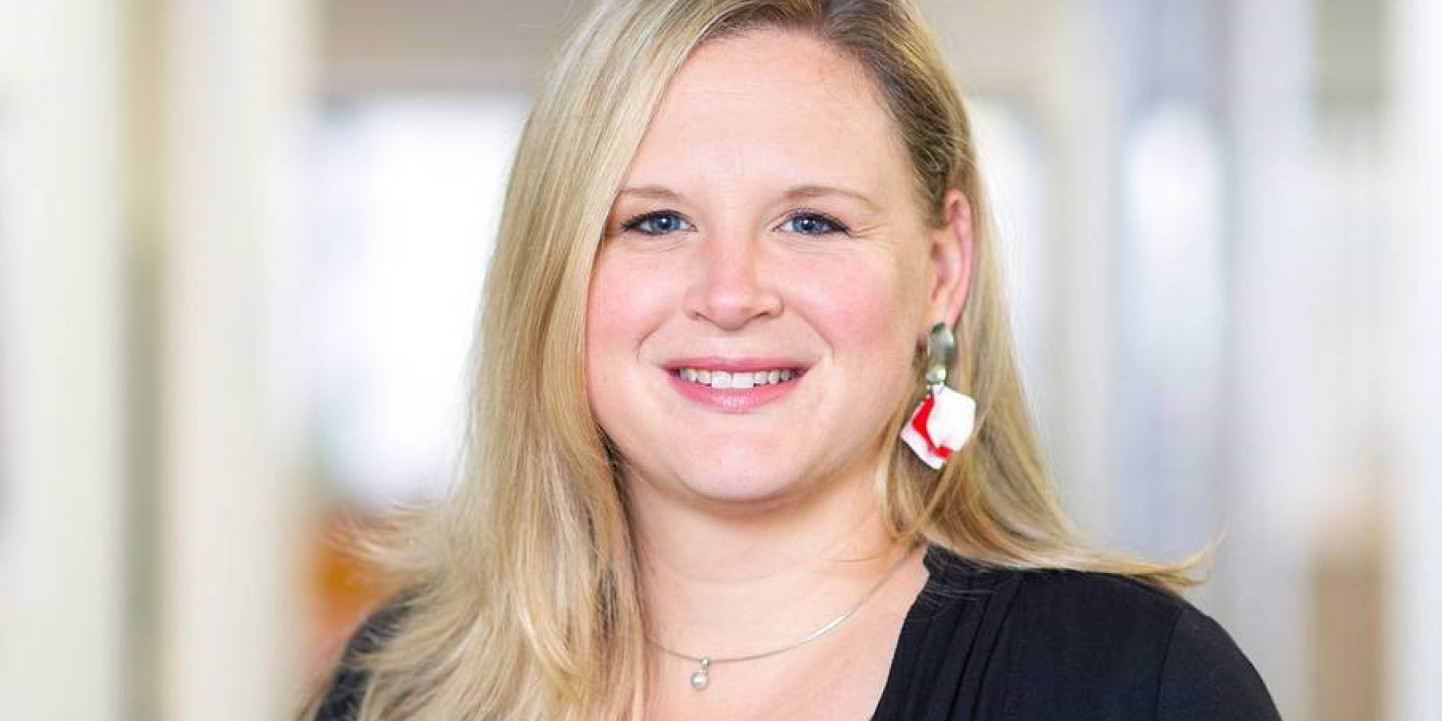Christina Hoey: How Save the Children is working to help young in Ukraine
For me, Ukraine can be summed up just like its national dish of varenyky – a seemingly simple dish that can be filled with so many different flavours, salty, sweet, veges or meats, but always, always must have sour cream on the side.
From the outside, Ukraine can look one-dimensional, like a little brother to Russia in terms of culture and language. In reality, it's a beautiful, labour-intensive, complex, and damn delicious morsel of a country.
One of my first memories is of making Ukrainian varenyky at Christmas with my Grandma Anna (my babushka), with a too-big apron reaching down to the floor and flour up to my elbows. She didn't speak much English from my 4-year-old perspective, but you don't need many words to understand just how soft those onions need to be sauteed, or how to pinch the varenyky dough so that they don't explode in the boiling pot. Or the crucial role that bacon plays.
Now every Christmas we make these little pockets of love filled with mashed potato and onion, slathered in sour cream, and fall into the best food coma ever. Spending the hours required to produce this "peasant food" as my aunt Valentina or Val for short (Anna's firstborn daughter) calls it, connects me with our family's past – a legacy that is sadly filled with the same conflict and displacement that is now impacting the lives of the children we support.
Having worked in fundraising at Save the Children for more than 10 years, I've been exposed to many horrific stories of children caught up in conflict and humanitarian crises. But when February 24 hit and we heard reports about the bombings, all I could think about was my then 4-year-old aunt, alone in a ditch with warplanes screaming through the sky, wondering if she'd ever see her parents again.
It was World War II. My family had been forced into a ghetto near the border of Poland.
News had come that the ghetto was being liquidated the next day. My grandparents made a plan to escape. A family friend would take little Valentina in one direction and they would go the opposite way. They would meet up later. Except the family friend lost their nerve when they believed they were about to be captured by Nazis and left little Val in a ditch by herself, shivering and afraid.
Long after, when her family was safely settled in Boston, she had nightmares about planes coming towards her house, looking for her.
I don't know how my grandma eventually found my aunt – Val doesn't remember and my grandma would never talk about that time. But I see the pain of those experiences, even as she lovingly pinches the varenyky dough.
But for Aunt Val, it is another memory that she has held on to. While living in a camp in
Czechoslovakia, a soldier hands her a soft package, wrapped in brown paper. Carefully unwrapping it, she discovers a "treasure" of chocolate and cookies, a treat like she used to get long before she was a refugee. When she was just a kid.
As the conflict continues in Ukraine, many millions of children have fled their homes, hungry, alone, and in danger. More than a million children have already left Ukraine. Many more will be refugees by the end of this conflict. Our teams are on the ground in Ukraine and surrounding countries providing essential aid, like food, water and warm blankets and clothing to children and their families.
We are also setting up our child-friendly spaces – safe places set aside within refugee camps or evacuation centres where parents can take their kids to be looked after by trained, caring adults so they can just be a kid for a while. They will be stocked with books to read, games to play, art supplies to create with, and other children to make friends with.
For my aunt, these are spaces of hope. They are the places where children can be kids again for as long as they are there.
They are the packages wrapped in brown paper and filled with love.
Christina Hoey is the fundraising director with Save The Children.
Originally published by the NZ Herald


